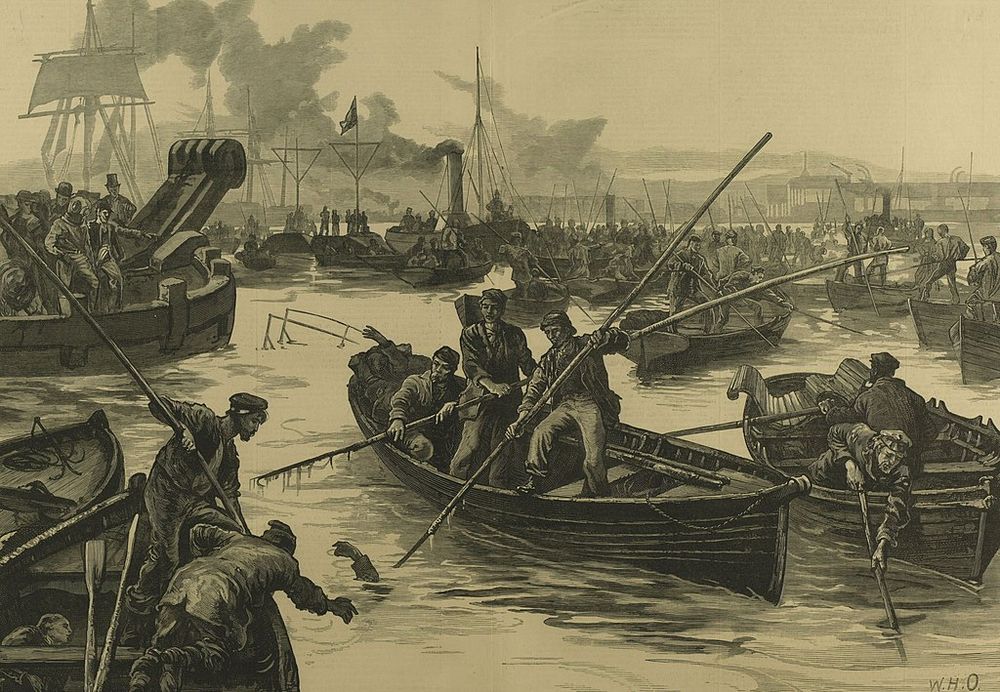The tragedy led to major changes in the practice for waste disposal on the Thames.
Many of the passengers onPrincess Alicewere unable to swim and drowned promptly.
The long heavy dresses worn by women also hindered their efforts to stay afloat.

The crew ofBywell Castletried to rescue as many as they could.
They dropped ropes from their deck for the passengers ofPrincess Aliceto climb.
TheBywell Castlemanaged to pull up some sixty people.

Altogether, some 130 people were rescued from the collision, but several died later from ingesting the water.
The accident took place at the point where London’s sewage pumping stations were situated.
That day, pumping had occurred just one hour prior to the collision.

The water was also polluted by the untreated output from Beckton Gas Works, and several local chemical factories.
One survivor, Mr Huddart, recalled:
I noticed something very peculiar in the water.
Victims' clothing also began to rot quickly and was discoloured after immersion in the polluted water.

AsPrincess Alicehad not followed this procedure, the Board foundPrincess Aliceto blame and thatBywell Castlecould not avoid the collision.
The owners ofPrincess AliceandBywell Castletried to sue each other for the accident, but in vain.
This practice of dumping at sea continued until December 1998.

In 1880, a memorial Celtic cross was erected in Woolwich Cemetery where the dead were buried.
Memorial in Woolwich Cemetery.